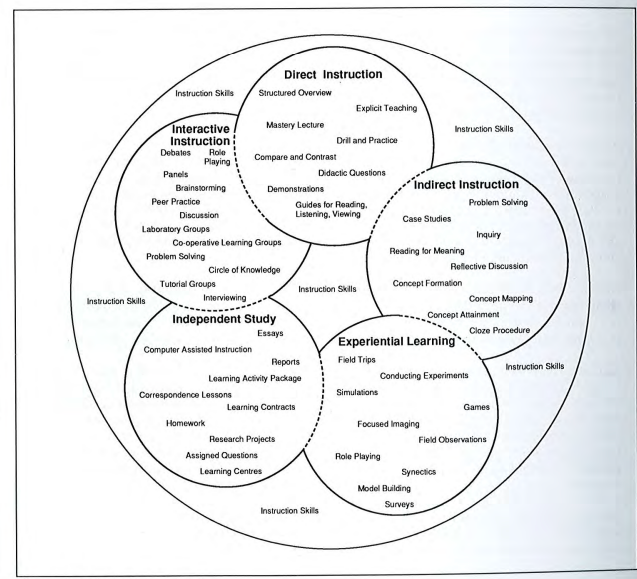I strongly believe one of the keys to success in children’s education is teaching with a wide variety of instructional strategies. In my lessons I try to use a handful of instructional strategies to suit my audio, visual, and hands on learners. Some of the strategies I have gotten to use in my pre-internship so far include:
- Listen to a story
- Technology learning
- Partner work
- Group work
- Games
- Problem Solving
- Demonstrating
- Synectics
- Artistic visual
In all of the lessons I have taught, students at some point get out of their desk and move around. Even if it’s just to transition to the carpet corner to read aloud a story for a few minutes. I believe getting them out of their spots breaks up the lesson and keeps the students engaged more. If I were to teach a full lesson and have the students sit in their desks the whole time, they would start to lose focus.

Teaching Strategies for Group Discussions
- Kitchen Table: move desks to make a square. Allows for small group discussions
- Fishbowl discussion: have 5-7 desks in a small circle and the rest of the students sitting around the circle. Students sitting in the small circle are the only ones allowed to talk. One extra seat in the small circle so someone from the outer edge can come join in the discussion
- Movement game: stand up and high five the person beside you, walk and talk during a discussion
- Sharing Circle: students get into one large circle and each person gets a chance to share
- Wonder Wall: A great thing to have placed somewhere on a classroom wall. Wonder Walls work well if you are starting a new unit. Students can be given sticky notes and can write something they want to learn from the upcoming unit, something they think they already know, an opinion on the upcoming unit or a question they hope gets answered. The class can reflect back on this wall throughout the duration of the unit.
- Question Box: Students can write down a question/comment they have and place it in the box anonymously. This allows students to ask something they may be afraid to ask directly. The teacher can read out what the questions and comments are said in the box to the class to create a discussion.